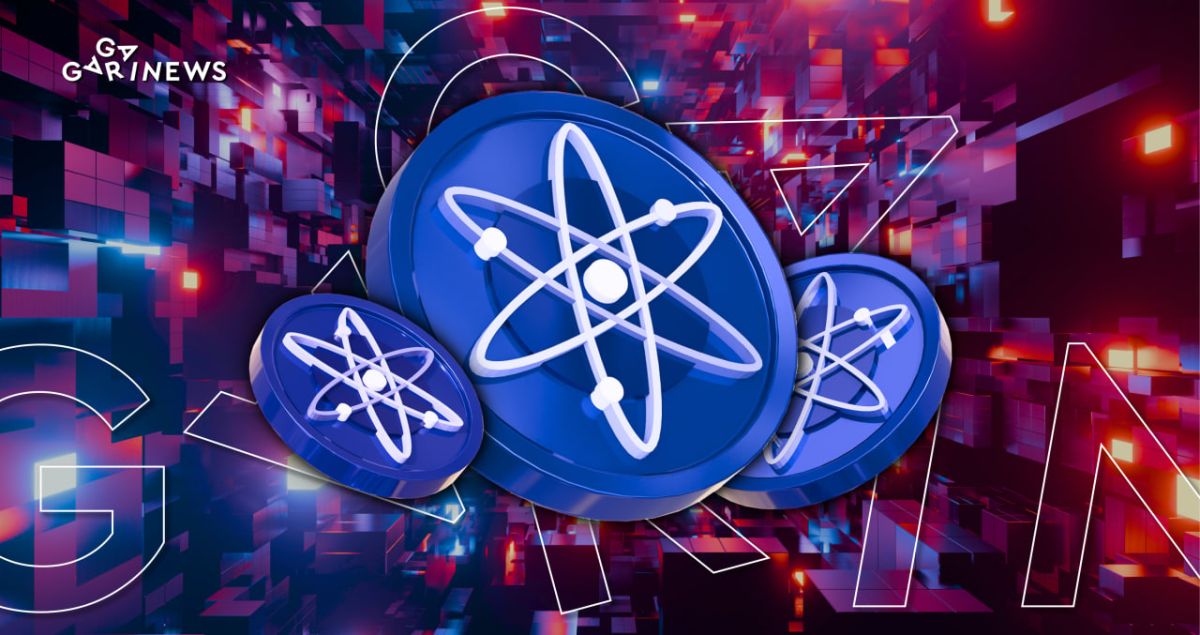What is Cosmos (ATOM) blockchain?

The Cosmos blockchain is a network of parallel, independent distributed ledgers supported by Byzantine Fault Tolerant algorithms. The Cosmos blockchain aims to create a sustainable channel to improve interoperability between blockchains.
On this page
Goals of the Cosmos project
According to Gavin Wood, the modern digital world is a “patchwork of independent and isolated legal systems of the internet”, where blockchains are constantly competing with each other. He came up with Polkadot to create a bridge between these competing systems.
Wood wasn't the only one who came up with this idea. Cosmos developers also believe that exchanging digital assets of the Bitcoin blockchain and its forks for coins on Ethereum is a good thing.
Thus, Cosmos aims to create a network that would allow all other blockchains to communicate with one another in a decentralized way.
Cosmos founder and CEO
The Cosmos project is maintained by three different organizations:
1. Interchain Foundation. A non-profit organization from Switzerland that oversees the entire project.
2. IRIS Foundation Limited. A Hong Kong-based non-profit organization overseeing the IRISnet infrastructure branch of Cosmos Hub.
3. All in Bits Inc. American corporation that provides cloud-based solutions and open source for blockchain companies.
Peng Zhong is the CEO of the project. He created the first Cosmos wallet called Voyager, later renamed Lunie.
Ethan Buchman is the CTO. He is a blockchain researcher from the University of Guelph in Canada.
Jae Kwon is a blockchain software chief architect. Previously, he worked on Flywheel Networks’ creation.
The development team has been working on building the Cosmos network for three years. The project was launched in 2016. A year later, the founders raised an additional $17 million for development through the ICO and conducted a pre-sale of 168 million ATOM tokens. Back then, ATOM was selling at $0.10.
It can be said that the ICO participants made good profits during that time. About 80% of tokens were allocated to retail investors, with the remaining 20% going to All in Bits and Interchain Foundation.
In general, one can argue that this project is reasonably decentralized.
Cosmos network features
Cosmos is described as “Blockchain 3.0” and, as we previously mentioned, its main goal is to improve interoperability between blockchains.
Cosmos was created on the principle of modularity. This helps developers to create new networks out of existing code snippets as easily as building IKEA furniture.
The developers claim that they are preparing a solution that will help them easily create even complex applications on the Cosmos network.
Scalability is another advantage of Cosmos. It can process significantly more payments (about 10,000) than the Bitcoin (TPS 8) and Ethereum (TPS 15) blockchains. At the same time, the delay of commits (the time between the action and the response) in the network is no more than two seconds. The modular blockchain has overtaken even Mastercard, which processes 5,000 transactions per second.
What is ATOM total supply?
The total supply of ATOM is 327,05 million tokens. Of these, at the time of writing, about 286,4 million were in circulation.
As a proof-of-stake cryptocurrency, ATOM coins are not minable. The network uses a PoS algorithm to maintain operation. The protocol code limits the annual emission to 10% of the circulating supply.
The token is divided into 1 million parts. Its smallest indivisible unit is 1 micro-ATOM (uATOM).
Cosmos has compared its ATOM tokens to ASICs that are used to mine Bitcoin. The white paper states that the token is “a piece of virtual hardware (economic capital) that must be obtained to become a network validator”.
ATOM is listed on all major CEX:
- Coinbase
- WhiteBIT
- Kraken
- KuCoin
- Binance
The project’s market cap at the time of writing was estimated at $4.2 billion. The average daily trading volume is $500 million. The all-time-high was recorded on September 20, 2021, at $44.72.
The content on The Coinomist is for informational purposes only and should not be interpreted as financial advice. While we strive to provide accurate and up-to-date information, we do not guarantee the accuracy, completeness, or reliability of any content. Neither we accept liability for any errors or omissions in the information provided or for any financial losses incurred as a result of relying on this information. Actions based on this content are at your own risk. Always do your own research and consult a professional. See our Terms, Privacy Policy, and Disclaimers for more details.

























